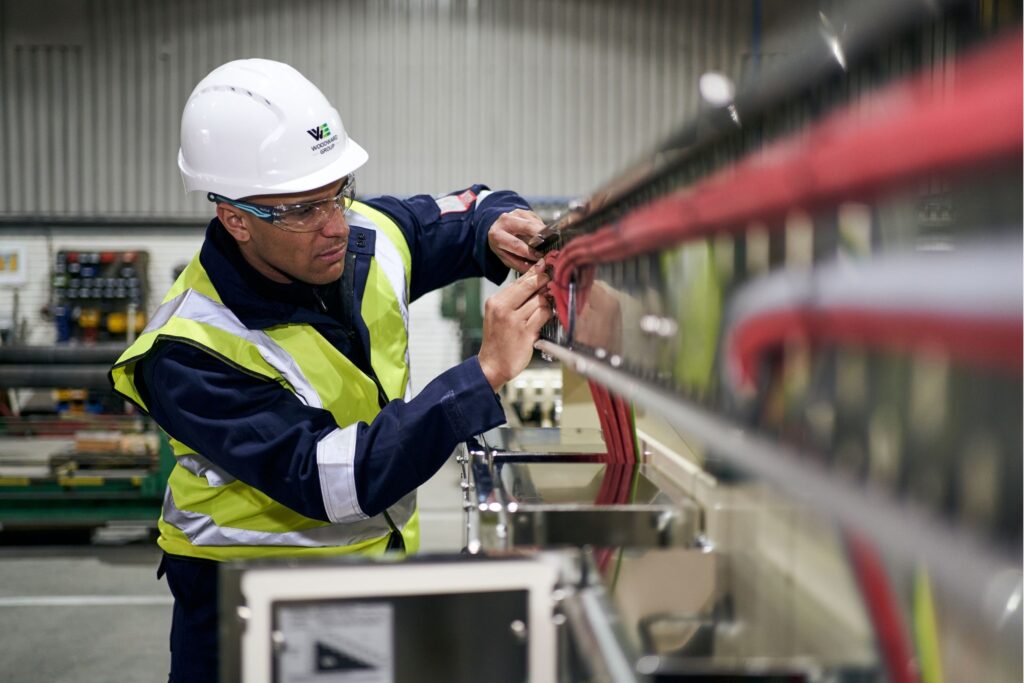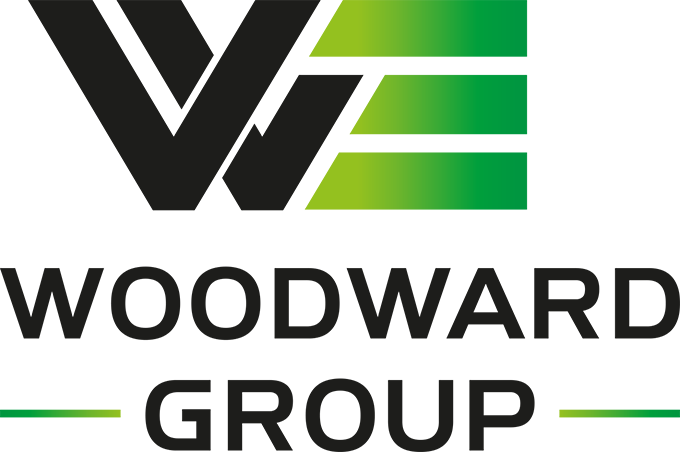In potentially explosive environments, ATEX compliance is essential for ensuring safety.
Whether you’re building a cutting-edge aerospace facility or upgrading storage for volatile chemicals, having the right safety systems in place is not only necessary to meet legal requirements, but to protect your people, processes, and long-term operations. Woodward Group is well experienced in delivering turnkey, hazardous area solutions across the UK. Below, we’ve answered the most common ATEX compliance questions we’re asked by clients.
What does ATEX mean?
ATEX comes from the French term “Atmosphères Explosibles”. It refers to two EU directives governing explosive atmospheres. These are often seen as a yellow Ex symbol on the equipment.
- Directive 2014/34/EU – for equipment and protective systems used in explosive atmospheres.
- Directive 1999/92/EC – for health and safety requirements in workplaces where explosive atmospheres may be present.
Although these originated in the EU, the principles are still highly relevant in the UK under retained law and closely align with UKEX requirements.
What is ATEX compliance?
ATEX compliance means that both the equipment and the working environment meet strict standards designed to prevent ignition risks in hazardous areas. For businesses operating in sectors like aerospace, chemicals, energy and manufacturing, meeting these standards is key to ensuring safety, regulatory approval, and business continuity.
We saw this in action during our work with Rolls-Royce at its flagship Testbed 80 facility in Derby, where we installed a complex gas monitoring system. Testbed 80 is the world’s largest indoor aerospace testbed and features the most advanced technology the company has ever deployed. Our team delivered a fully certified hazardous area system, including sensor cabling, control panels, audible and strobe alarms, and rugged anti-vibration fixings in engine test cells.

What’s the difference between ATEX and DSEAR?
ATEX and DSEAR are closely linked but apply in different ways. ATEX refers to the EU directives mentioned above, covering equipment and workplace safety in explosive atmospheres. DSEAR (Dangerous Substances and Explosive Atmospheres Regulations) is the UK regulation that enforces these requirements in the workplace, drawing directly from the principles set out in ATEX.
Put simply, ATEX sets the standards, while DSEAR ensures they’re followed on site. If you’re operating in the UK, DSEAR must be complied with. Find out more about DSEAR in our blog here.
What is meant by ATEX certification and approval?
ATEX certification confirms that a product or system meets the essential health and safety requirements for use in explosive atmospheres. Certification typically involves detailed design reviews, testing, and technical documentation. It’s not a one-size-fits-all approach; different zones and environments require different certification categories and marking.
ATEX approval usually refers to the outcome of the certification process. For instance this might be a piece of equipment, a system, or even a full facility that’s been approved for use in explosive atmospheres. It confirms that everything has been installed and documented in line with the directives.
For example, when we worked on a project for RASE Distribution, a key logistics provider for hazardous goods, we delivered a full ATEX-compliant installation for a new storage facility handling phosphine and arsine. This involved everything from electrical distribution and gas detection to fire and security systems. Following our work, the facility achieved regulatory approval and insurance sign-off for hazardous chemical storage.
What is ATEX Zone 22?
Zone 22 refers to an area where an explosive atmosphere in the form of combustible dust is not likely to occur during normal operation, but if it does, it will only persist for a short time. These are often peripheral areas in manufacturing sites, such as the space around powder handling equipment or dust extraction units. Even where the risk is infrequent, accurate classification and the correct specification of equipment are essential.
How we can help
From world-leading aerospace R&D centres to specialist chemical logistics hubs, Woodward Group has worked on a wide range of ATEX projects across the UK. We know how vital compliance is for ensuring safety and enabling smooth operations.
If you’re planning work in a hazardous environment and need trusted, qualified support, we’re here to help.

